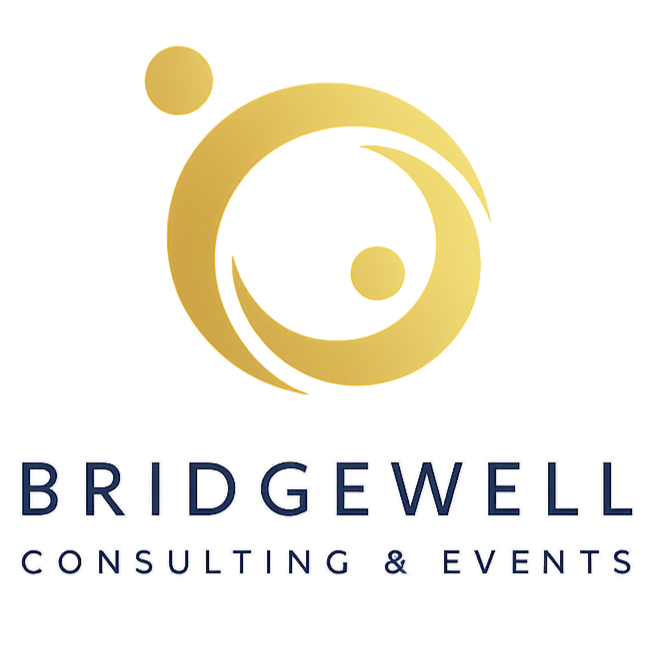The Quiet Cost of Unclear Roles in Medical Practices
In most medical practices, strain rarely announces itself with a single, dramatic event. It shows up quietly — in the margins of the day — in ways that don’t trigger alarms but gradually alter how teams work.
A handoff feels heavier than it should.
A provider follows up twice “just to be sure.”
A leader steps in to complete a task simply because it feels faster than delegating.
Individually, these moments seem insignificant. But together, they signal something deeper: responsibilities no longer have a clear home.
As margins tighten and patient complexity rises, practices can’t afford ambiguity in how work moves.
The Subtle Weight of Unclear Ownership
Ambiguous ownership adds a quiet mental load across the entire practice. Teams pause before acting. They double-check tasks that shouldn’t require second guesses. They fill gaps they aren’t sure belong to them because leaving them open feels risky.
This is the cognitive tax practices pay without realizing it — the mental effort spent determining who should handle something before anyone actually does.
It slows teams long before metrics reveal it. And it affects patients and providers long before leadership names it.
Why Clarity Erodes — Even in Strong Teams
Clarity doesn’t fade because people stop caring. It fades because medical practices are dynamic, evolving faster than responsibilities do.
New providers bring different habits.
Workarounds meant to last a week become the new normal.
Service lines expand.
Technology shifts expectations.
People leave, and their tasks disperse informally.
Unless ownership is revisited and defined, workflows default to assumption rather than structure.
The point isn’t that practices are chaotic — it’s that the environment shifts faster than the structures that support it.
What Clarity Makes Possible
When ownership is clear, work moves without hesitation.
Teams feel lighter.
Providers trust the process.
Leaders step back into leadership rather than plugging gaps.
Clarity doesn’t restrict flexibility — it creates it.
And role clarity doesn’t just improve operations — it stabilizes demand, strengthens throughput, and reduces the cost of inefficiency.
The Practices That Handle Complexity Best
High-functioning practices don’t assume everyone knows their role. They revisit and reaffirm ownership as their environment changes.
Not through rigid job descriptions or lengthy meetings, but through shared understanding of a few essential truths: who initiates the work, who carries it through, who communicates updates, what gets escalated (and when), and what “complete” actually means.
These points sound simple, but together they remove hours of friction from a workweek.
A Lighter Practice Starts Here
If your team feels stretched, reactive, or slightly “off,” you may not need more staff — you may need clearer ownership.
Start with one question:
Where does ownership feel unclear?
Not where the work is overwhelming.
Not where people are underperforming.
Not where processes are imperfect.
Where ownership is fuzzy.
Once that becomes clear, everything else does too — workflow, communication, expectations, and the day-to-day experience of the people doing the work.
Clarity reduces friction.
Ownership reduces noise.
Together, they create the steadiness teams feel long before they measure it.
Nicole D. Smith, MHA
Founder & Principal, Healthcare Consultant
BridgeWell Consulting & Events

